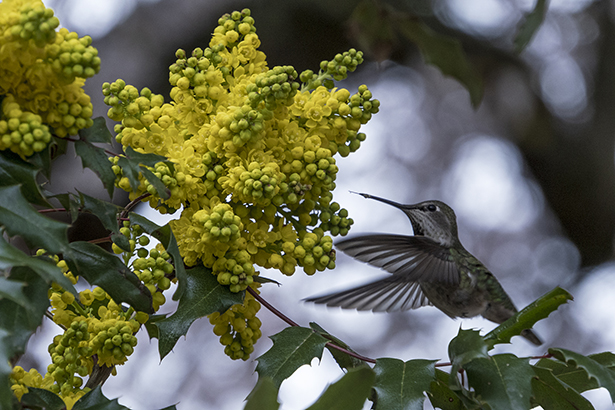Tamron Blogs
Share the article:
More Photo Tips | Video Gallery | Photo Gallery | Enewsletter sign-up
How to: Photograph Birds in Flight
Tips & Images © Jillian Bell
If you ask me, photographing birds in flight is a lot like jet airplanes…. But much harder! At an airshow, there is a schedule, you can hear the jets coming, you know exactly where they will be. Birds, on the other hand, take practice, patience, and planning. With all great intentions and a nice long lens… you may still miss that moment, or you may capture something great. The longer focal length you have available, the closer your subject will be in frame, but the harder they will be to track. Tamron has many lightweight options available. Check them out on our website. www.tamron-usa.com/product/telephoto.html Anything above a 300mm is where you should start. 600mm is preferred.
These quick tips will help your bird photography skills take flight. As an avid birder, but not a self-appointed wildlife photographer, I take many, many photographs. I have a few “keepers” but many of these images I then delete and that’s okay.
The qualities I look for in these “keeper” bird flight photographs are as follows:
Tip #1) Good wing placement. I look for an image that has the wings outstretched or at the apex of its movement. Just like in sports, the apex shows the largest range of motion, the best energy within the movement. Different wing positions can tell you what your bird is doing in the air. Are they kettling? Are they tracking prey? Are they getting ready to land? Whatever it is, my best photos are ones where you can still see your bird’s face.

© Jillian Bell
150mm, F6.3, 1/640 sec., ISO 100
Tip #2) Good light and contrast. Just like in other forms of photography, have your subject facing into the light. Birds in flight are difficult to predict, good light comes down to your position (camera angle) as a photographer. I will position myself with the sun to my back and only photograph the birds coming towards me. Anything coming from behind me is no concern. Good contrast is achieved when you consider the relationship between the bird and its background. This Mallard pair have better contrast in front of a bright blue sky. If the trees were the main background, my subjects would blend and become less obvious.

© Jillian Bell
600mm, F8, 1/1600 sec., ISO 500
Tip #3) Good time of year. I have a higher success rate if I focus on migration patterns of different species. Especially for those photographers who need practice, keep a log. Backyard and birds of prey tend to come through my yard around the same time of year each year. You can also take a trip! January-March is a great time to travel and see birds. September-October is another great time for migration in your home area.

© Jillian Bell
600mm, F11, 1/1000 sec., ISO 500
Being in the right place, in the right position is half of the equation to success. The other half comes with the shutter speed you choose to use. Again, birds in flight are similar to aircraft photography. Higher shutter speeds will give crisp details. Slowing down shutter speed allows motion in the airplane prop or the wings of a bird to show through. My shutter speeds will normally range between 1/250th - 1/4000th of a second. The aperture will depend on the lens being used. For example, I set up my camera in a modified manual mode using the Tamron 150-500mm Di III VC VXD at 500mm. Shutter speed = 1/1000sec, Aperture = F/8 or F/11, ISO = AUTO. I can easily move my shutter speed up and down and use my exposure compensation when needed. Autofocus is set to continuous, center weighted. Metering is set to center weighted. Frame rate is set to continuous high speed. To photograph, I use the Pan Focus technique. This is a style of photography where you pan from right to left (or left to right) at the same speed as your subject. Keep them in the middle of the frame as best you can. A high-speed memory card is the last piece of this puzzle. Class 10, high speed memory cards will help your camera’s buffer keep up to the best of its ability.
Ultra-Telephoto, Tamron lenses have Arca-Swiss, tripod collars available to easily mount on monopods if needed. They are moisture and dust resistant, and image stabilized (VC). I can travel to the water in my kayak, to the trails, to the desert. Rain or snow pose no threat in moderation.

© Jillian Bell
161mm, F5.6, 1/8000 sec., ISO 1600

© Jillian Bell
289.30mm, F11, 1/1000 sec., ISO 3200

© Jillian Bell
226mm, F5.6, 1/4000 sec., ISO 6400
More Photo Tips | Watch Videos | Learn More About Tamron Lenses | Photo Gallery